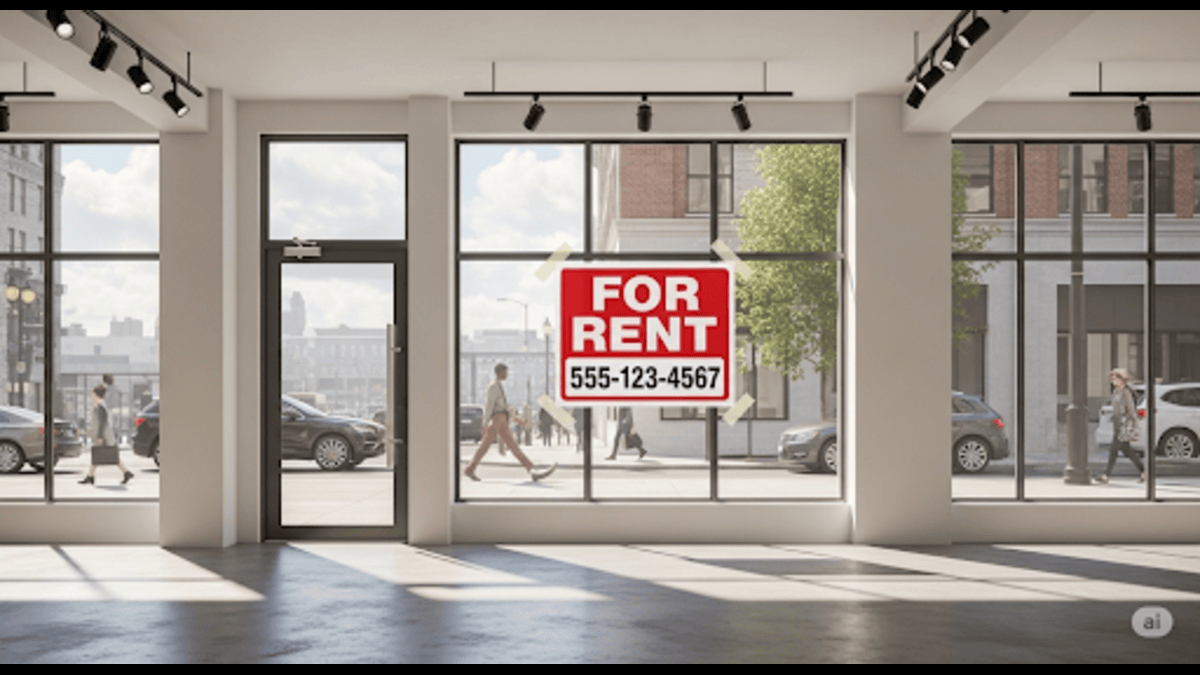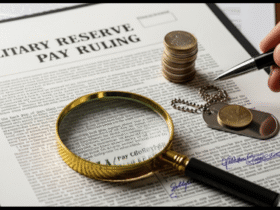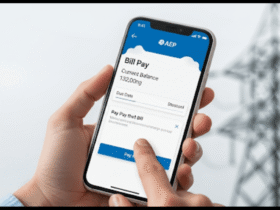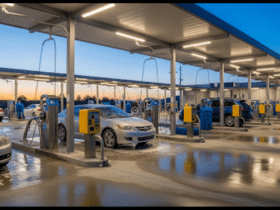Whether you’re opening your first store, expanding your brand, or relocating to capture a new audience, finding the right retail space for rent can make or break your business. The right location not only impacts foot traffic and sales but also shapes your brand’s image and customer experience.
In this guide, we’ll walk through what to look for in a rental space, how to negotiate a lease, and what costs to expect—plus we’ll answer some of the most common questions entrepreneurs have before signing on the dotted line.
1. Understanding the Importance of Location
When it comes to retail, the old saying “location, location, location” still holds true. The right spot can significantly boost visibility, accessibility, and revenue.
Key factors to evaluate include:
- Foot Traffic: High-traffic areas (like shopping districts, main streets, or near public transit) usually mean more potential customers.
- Demographics: Check if the local population matches your target market’s age, income, and lifestyle.
- Competition: Being close to competitors can be good for attracting the same audience—unless the market is already saturated.
- Accessibility & Parking: Easy access and sufficient parking can increase customer convenience.
2. Types of Retail Spaces for Rent
Retail spaces come in various forms, each with its own pros and cons:
- High Street Retail: Street-level shops in busy areas—great for walk-in traffic but often pricier.
- Shopping Centers/Malls: Offer steady foot traffic, but may have strict operating hours and higher service charges.
- Lifestyle Centers: Outdoor shopping plazas with a mix of retail, dining, and entertainment—good for experiential retail.
- Pop-Up Spaces: Short-term leases ideal for testing a concept or running seasonal promotions.
- Mixed-Use Buildings: Retail space within residential or office complexes, perfect for community-focused businesses.
3. Costs to Expect When Renting Retail Space
Rent is just one part of the financial puzzle. Common costs include:
- Base Rent: The fixed monthly amount based on square footage.
- Common Area Maintenance (CAM) Fees: Covers shared services like cleaning, landscaping, and security.
- Utilities: Electricity, water, internet, and HVAC.
- Insurance: Often required by landlords to protect against liability and property damage.
- Build-Out Costs: Renovations, signage, and customization to match your brand.
- Security Deposit: Usually equal to one to three months’ rent.
4. Negotiating a Retail Lease

A retail lease is more than just a rental agreement—it’s a roadmap for your business’s operational future.
Key tips for negotiation:
- Lease Term: Decide between a short-term lease (more flexibility) or long-term lease (more stability, often better rates).
- Rent Increases: Understand how and when rent may be adjusted.
- Tenant Improvements: Negotiate whether the landlord will contribute to renovation costs.
- Exclusivity Clause: Prevents the landlord from renting nearby spaces to direct competitors.
- Exit Clauses: Ensure you have a fair way to terminate the lease if business circumstances change.
5. Digital Tools for Finding Retail Space
Today’s search goes far beyond “For Rent” signs in windows. Platforms like LoopNet, Crexi, and Zillow Commercial let you filter listings by price, size, location, and property type.
Tip: Visit the space at different times of day and week to get a real sense of traffic flow.
6. Preparing Before You Sign
Before committing:
- Create a Business Plan: Estimate projected revenue and expenses to ensure the rent fits your budget.
- Inspect the Space: Look for hidden issues like poor wiring, plumbing problems, or structural wear.
- Consult a Lawyer: Commercial leases are legally binding; professional review is essential.
- Check Zoning Laws: Confirm your business type is permitted in that area.
FAQs About Retail Space for Rent
Q1: How much does retail space rent usually cost?
A: Costs vary greatly depending on city, neighborhood, size, and type of property. In major cities, prices may range from $25–$100 per square foot annually, while smaller towns can be far lower.
Q2: What’s the difference between a gross lease and a net lease?
A:
- Gross Lease: You pay a fixed rent that includes most expenses.
- Net Lease: You pay base rent plus a share of additional costs like property taxes and maintenance.
Q3: Can I rent retail space short-term?
A: Yes. Many landlords offer pop-up or seasonal leases lasting from a few days to several months, ideal for testing new markets or hosting special events.
Q4: What should I ask a landlord before renting?
A: Ask about rent increases, operating hours, CAM fees, permitted uses, build-out allowances, and whether signage is allowed.
Q5: How much space do I need for my retail store?
A: It depends on your business model. Small boutiques may work in 500–1,000 sq ft, while larger retailers might need 2,000+ sq ft. Factor in storage, fitting rooms, and checkout areas.
Q6: Do landlords require business insurance?
A: Most commercial leases require liability insurance, and some may also require property or business interruption coverage.
Q7: Can I sublease my retail space?
A: Only if your lease permits it. Some landlords allow subleasing with prior approval.
Final Thoughts
Finding the perfect retail space for rent is a blend of research, budgeting, and negotiation. The right location and terms can set your business up for long-term success, while a rushed decision can lead to financial strain.
Approach the process like an investment—because for most retail businesses, it truly is.
















Got a Questions?
Find us on Socials or Contact us and we’ll get back to you as soon as possible.